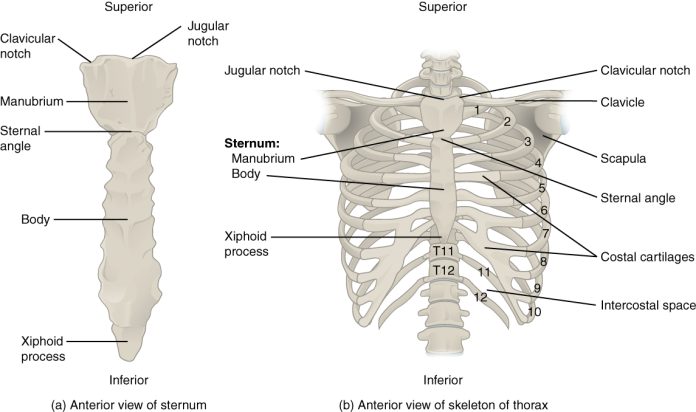Masezza.com – The head of rib is the end of the rib closest to the vertebral column. It is distinguished by its kidney-like articular surface. The head of rib is divided into two facets. The upper facet is larger than the lower one, and the head articulates with a depression in the adjacent thoracic vertebra. The head of rib is attached to the body of the rib by a ligament called the interarticular ligament.
The pectoralis minor acts on the ribs to elevate them
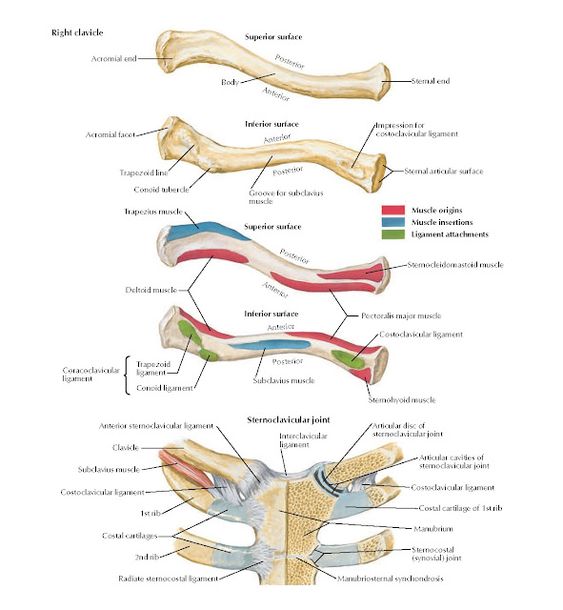
The pectoralis minor originates from the third and fourth ribs and inserts on the coracoid process of the scapula. It lies posterior to the pectoralis major and innervated by the medial pectoral nerve. The pectoralis minor acts on the ribs to lift them when the scapula is fixed. It is a member of the rotator cuff.
The rib head is small and rounded, with a single articular facet. It is intended to articulate with the body of the first thoracic vertebra (T1). It is located at the outer border of the rib and bears a small articular facet for articulation with the transverse process of the T1 vertebra. The rib head also faces the tubercle of the first thoracic vertebra (T1).
The head of the rib articulates with the corresponding vertebra through the two costovertebral joints
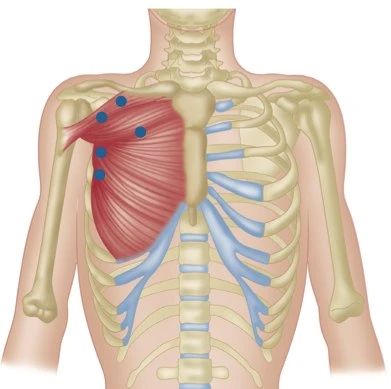
The head of a rib articulates with a vertebra at its superior and inferior articular facets. The head of a rib articulates with its corresponding vertebra through two costovertebral joints. Its articulating surfaces are called the crest, and they connect to the superior and inferior costal facets of the connecting vertebrae. The head of rib articulates with the neck, and the head of rib is connected to the cervical vertebra via a ligament called the costotransverse.
The head of rib is the posterior end of a typical rib. The head articulates with the costal facet of the same-numbered thoracic vertebra, and the neck is narrower than the head. A small bump on the posterior surface of the rib is called the tubercle. This bump articulates with the transverse process of the same-numbered vertebra. The body of a rib is called the ‘body’ of the rib.
A ligament in the head and the intercapital ligaments strengthen the head of the ribs
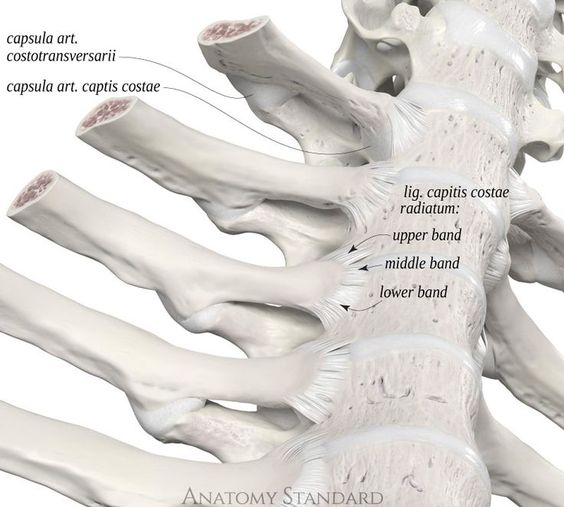
The head of rib has two convex facets, and forms a synovial planar joint with the corresponding vertebral body. A ligament at the head and an intercapital ligament strengthen the head of rib. During thoracic surgeries, the rib head is typically resected to access the spine. In addition to its two convex facets, the head of rib has a long horizontal spinous process similar to cervical spinous processes and is sometimes as tall as the vertebrae prominens of the C7.
The neurovascular bundle supplies blood to the ribs. The anterior intercostal artery supplies the first seven ribs, while the ninth and tenth ribs receive their supply from the posterior intercostal artery. The intercostal artery also supplies the lower nine ribs. The neurovascular bundle runs along the inferior border of the rib. The neurovascular bundle is on the inferior side of the head of the rib.
The head of the rib has eleven pairs of external intercostal muscles. These muscles are the most superficial in the area. They extend from the lateral border of the costal grooves to the superior surface of the rib. They aid in the depression of the ribs during forced expiration. They are also mainly found on the lateral side of the thoracic wall. This information will help you learn the location of your muscles.
Shortest part of the ribs
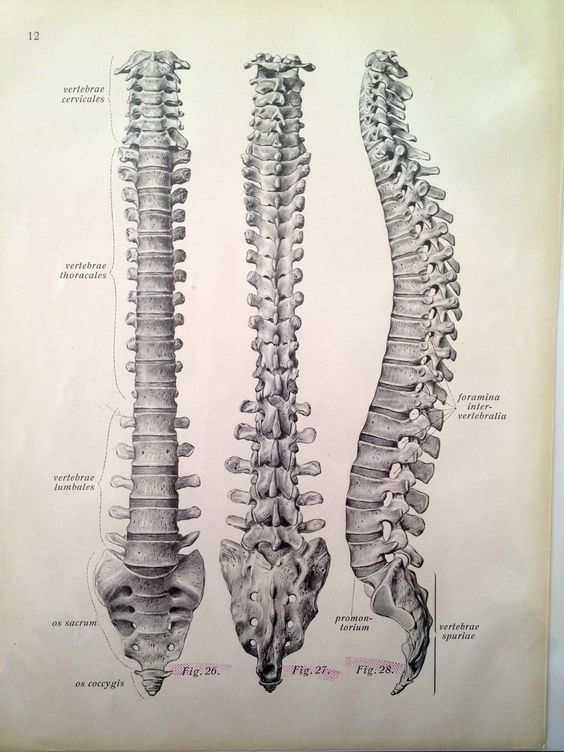
The head of rib is the narrowest part of the rib. It is the shortest part of the rib and is the least meaty part. It is usually cooked as a slab. The ribs of beef are called short ribs. In Asian and European cuisine, pork ribs are common. The head of rib is a very versatile part of the rib. If you cook it properly, it will be tender, juicy, and delicious.
Spinous processes are the long, slanted portions of the thoracic vertebrae that articulate with the head of the rib. They provide additional protection for the spinal cord. Although most vertebrae have demi-facets, some atypical ribs have whole facets. Different types of ribs are also shaped differently, with some having more than one pair. They have facets on both the pedicle and the vertebral body.
The ribs are composed of three parts: the manubrium, the body, and the head of the rib. They are attached to the sternum by costal cartilage. When ribs are joined, they form a sternum, which protects the heart and the lungs. It is also attached to the sternum via the sternal angle. There are three types of ribs.

